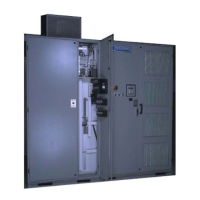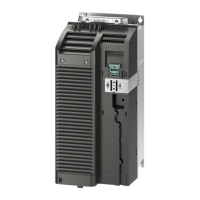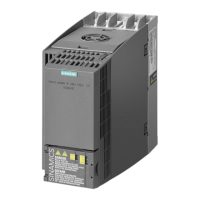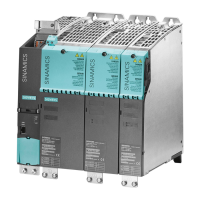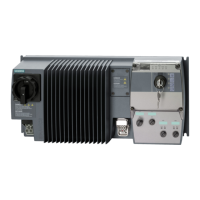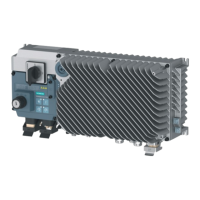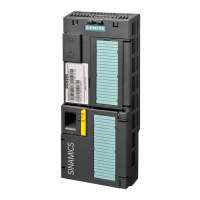7.11.3 Set Point Sources
Set points are internal menu entries that are static values based on user entry, keypad settings,
or remote demand from a network communication interface. There are a total of eight inputs
that are menu entries from remote communications. There are two additional entries that are
reserved for safety override and jog level set points.
• Keypad
– Use front panel keypad or ToolSuite software to set speed demand.
• Increment/decrement (sample and hold)
– 2 digital inputs that increase/decrease raw speed demand at the active acceleration/
deceleration rate, while input is maintained. When the input is released, the current value
is maintained.
• Increment/Decrement Step
– 6 digital inputs that provide programmable step change to output demand each time
input transitions from low to high state.
• Preset levels
– Multiple user-dened preset values via menu system.
• Jog
– Set to maximum active speed limit, intended for test purposes to "bump" motor.
• Communication Network
– Digital value as set per external communication interface to a PLC/DCS.
7.11.4 Speed Prole
The speed prole uses the velocity demand signal as input, and generates a modied best t
straight line (BFSL) velocity demand output.
Parameter for the Speed Prole
Refer to Speed Prole Menu (4000) in Section Options for Auto Menu (4) of Chapter Parameter
Assignment / Addressing for parameters to set the speed prole and for further description of
speed proling control.
7.11.5 Critical Speed Avoidance
Critical speed avoidance is used to prohibit the drive from operating in frequency ranges that
may cause resonant frequencies in mechanical systems. The control provides three independent
avoidance bands.
The critical frequency feature, also known as resonance avoidance, is accomplished using skip
frequencies and skip bands, as illustrated in the following gure.
Operating the Control
7.11 Command Generator
NXGPro+ Control Manual
220 Operating Manual, A5E50491925A
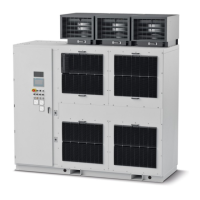
